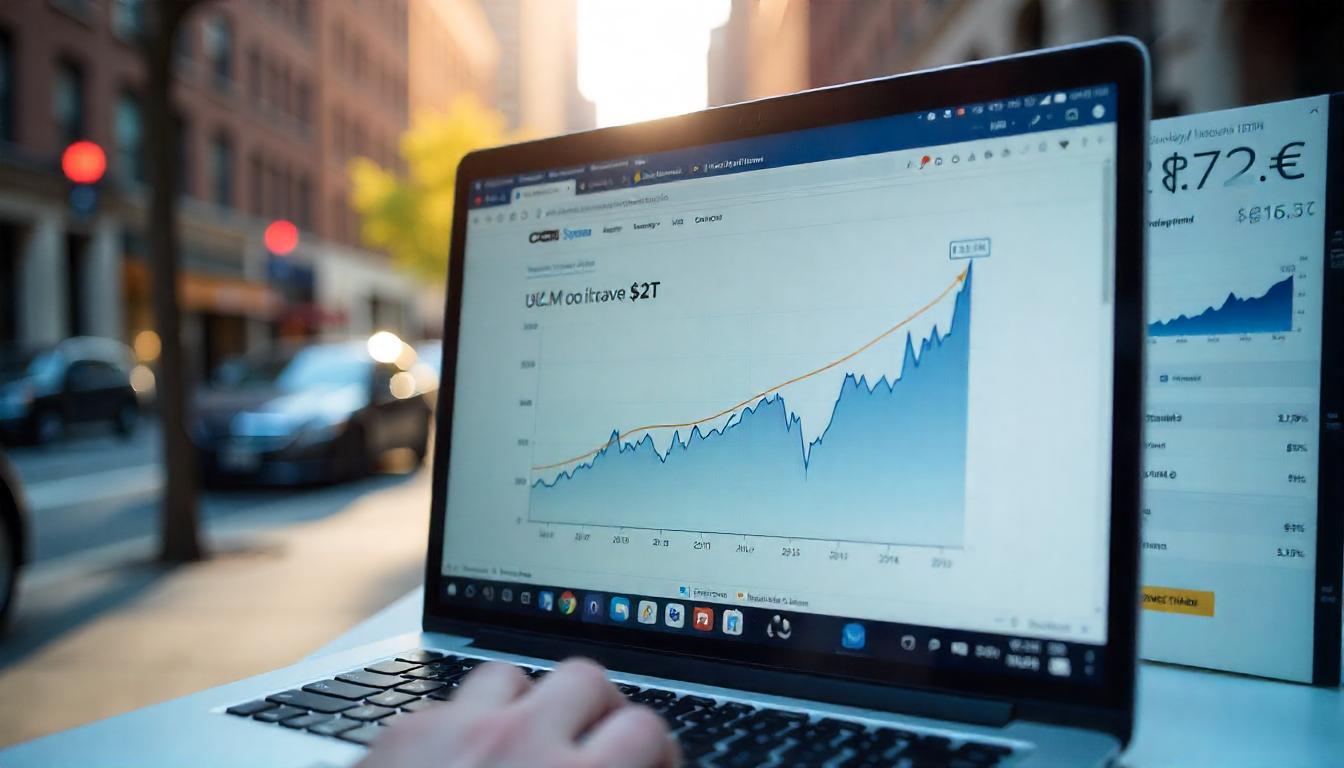U.S. M2 Money Supply Hits Record $21.94 Trillion — What It Could Mean for Bitcoin
The latest data from the St. Louis Federal Reserve suggests that shifts in the M2 money supply tend to impact inflation with a delay — a dynamic that could soon affect crypto markets.
As of the end of May, the U.S. M2 money supply — which includes cash, checking deposits, and money market balances — reached an all-time high of $21.94 trillion, surpassing its previous peak of $21.72 trillion set in March 2022, according to barchart.com. Yahoo Finance noted that this represents a 4.5% year-over-year increase, the fastest growth rate since mid-2022.
While a rising money supply often signals economic expansion and looser financial conditions — typically positive for risk assets like bitcoin — it also brings inflation risks. Analysts at Cyprus-based TIOmarkets caution that excessive money growth, especially when it outpaces economic output, could trigger inflation and force the Federal Reserve to tighten policy, which might pressure bitcoin and other cryptocurrencies.
There’s historical precedent for concern. During the pandemic-era expansion, a similar spike in M2 occurred in 2020, followed roughly a year later by a surge in inflation, as measured by the personal consumption expenditures (PCE) price index. When M2 growth slowed in 2023, inflation began to ease, aligning with the Fed’s preferred inflation gauge.
If that lagged relationship holds, today’s M2 surge may create inflationary headwinds in the coming months, potentially complicating efforts by policymakers — including former President Donald Trump, who has called for a 1% interest rate — to ease monetary conditions.
Share this content:




